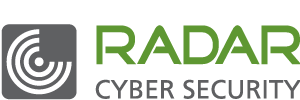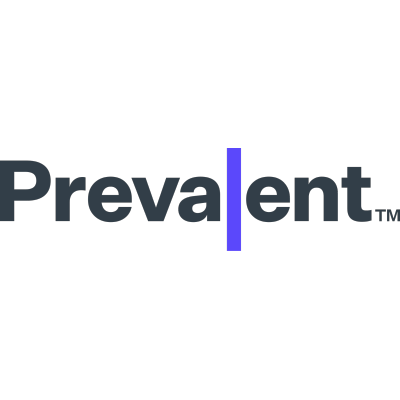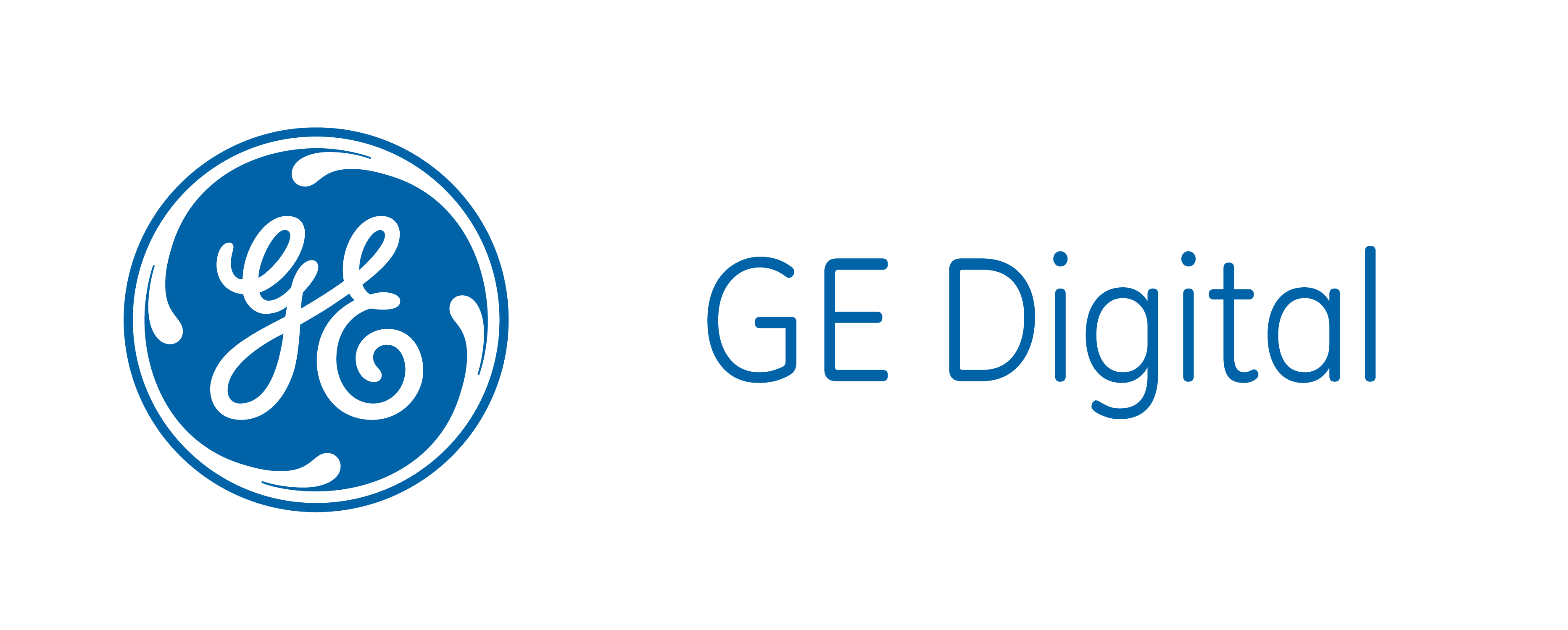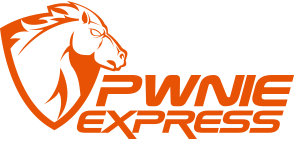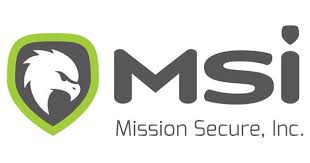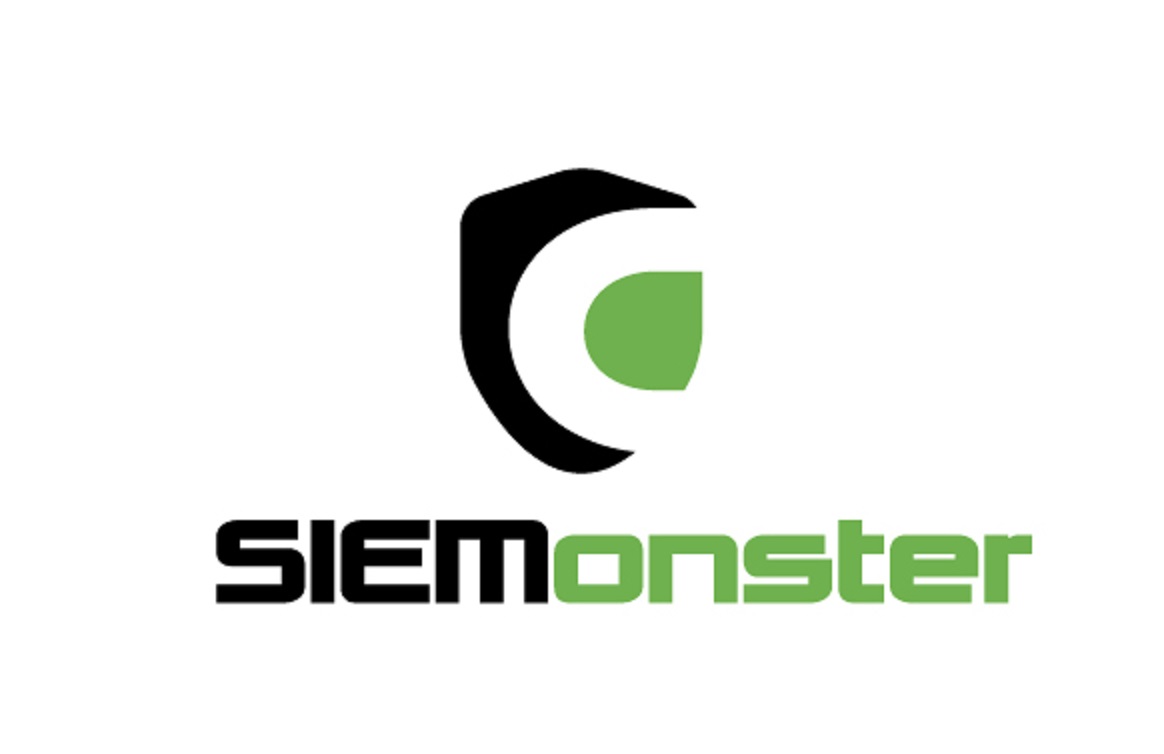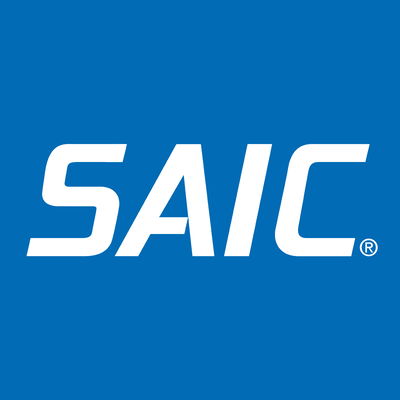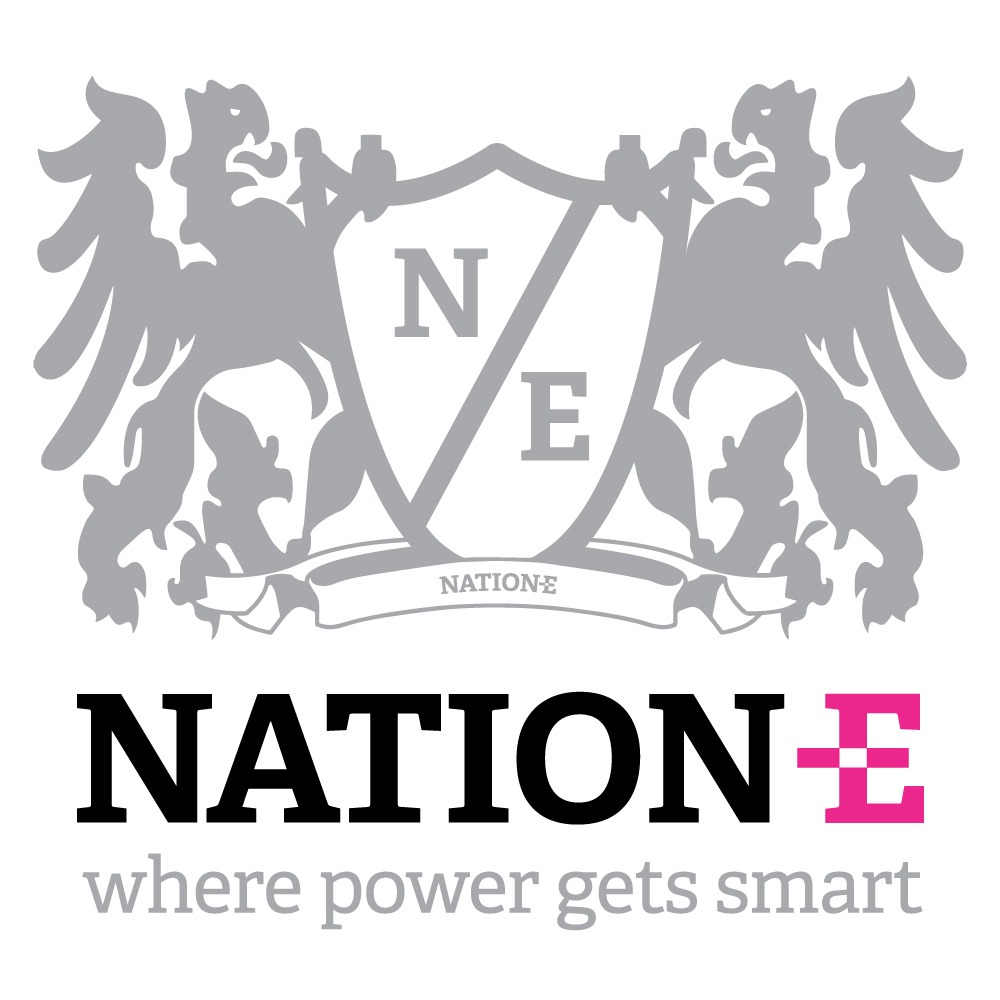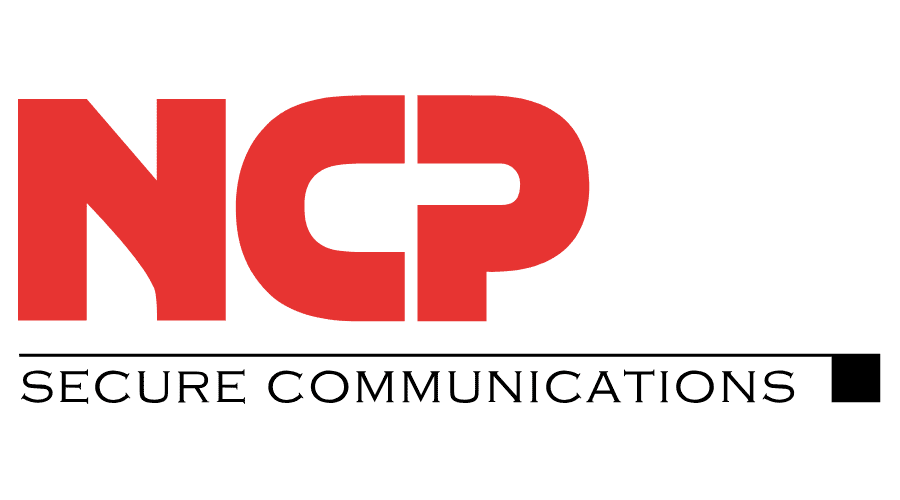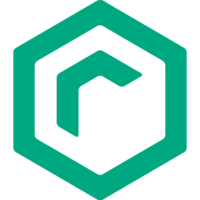
Problems that solves
Unauthorized access to corporate IT systems and data
Risk or Leaks of confidential information
Risk of attacks by hackers
Risk of data loss or damage
Risk of lost access to data and IT systems
No control over data access
High costs
Values
Reduce Costs
Ensure Security and Business Continuity
About Product
Description
The most advanced security and ease of integration into mobile and IoT devices
Incorporating Sonavation’s 3D ultrasound sensor, SonicTouch™ is a FIDO-ready ultrasound biometric authenticator system-in-package module uniquely designed to deliver the next generation of identity security and ease of integration into mobile and IoT devices.
With its Match-In-Sensor architecturally flexible design, SonicTouch is the industry’s first full-stack solution designed with the highest level end-to-end encryption architecture that provides a fully encapsulated locked-down solution within the module. Combined with upgradable anti-spoofing and level 3+ matching systems, secure transactional solutions can be deployed by mobile and IoT device manufacturers, mobile network operators and application developers.
SonicTouch is biometric Privacy by Design.
The SonicTouch Advantage:
- A trusted FIDO-ready authenticator module
- The authenticity of the security chain of custody proving absolute certainty of identity
- Unique singular acoustic fingerprint signature that never leaves the device
- High accuracy extract and match using secure level 3 data
- Works seamlessly through various protective display glass thicknesses
- Eliminates the need for mobile device manufacturers to etch out or cut protective display glass, thus maintaining reliability
- Ultra-thin sensor: ~0.4mm
- Full developer engineering ecosystem including OEM support, API’s, RDK and SDK for easy integration into mobile and IoT
Competitive products
User features
Roles of Interested Employees
Chief Executive Officer
Chief Information Officer
Chief IT Security Officer
IT Security and Risk Management
Organizational Features
IT Security Department in company
